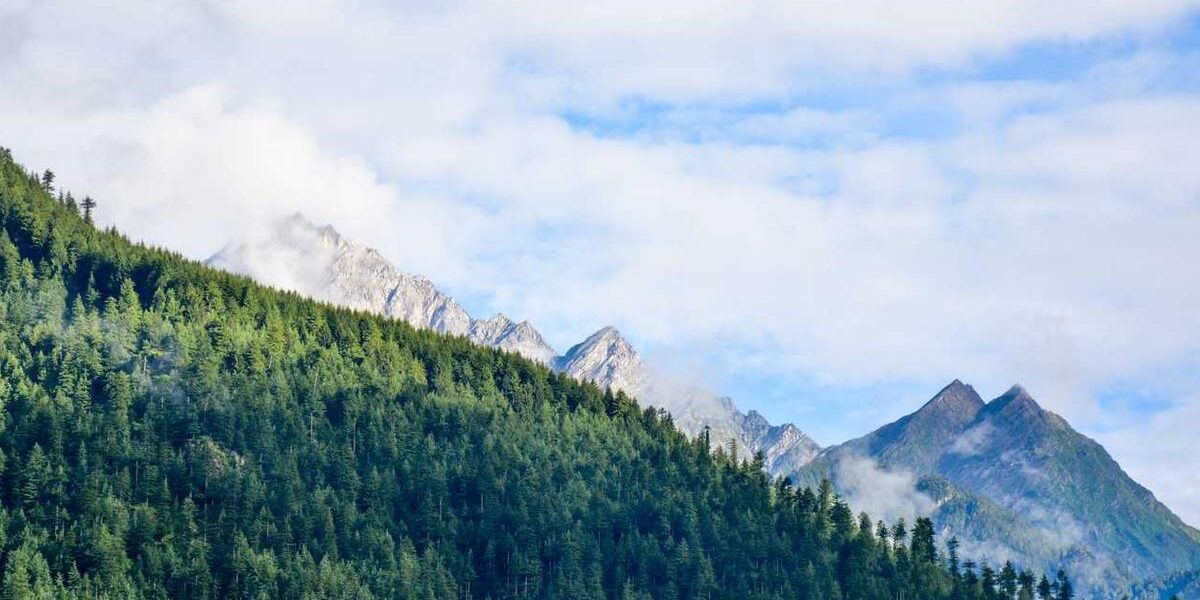Exploring the Strongest Liquors in the World
Liquors, also known as spirits, vary significantly in alcoholic strength. When we talk about the strongest liquors, we are referring to those with high alcohol by volume (ABV). These potent drinks pack a punch and are consumed with caution. They have historical, cultural, and practical significance around the globe.
The Concept of Alcohol by Volume (ABV)
Understanding the strength of liquor starts with knowing what ABV means. It’s a standard measure used around the world to quantify the amount of alcohol in beverages. The higher the ABV, the stronger the drink. Beers range from about 3-7% ABV, wines from 10-15%, but liquors can soar above 40% ABV.
Examples of Powerful Liquors
- Everclear: Known for its extremely high alcohol content, Everclear comes in at 60%, 75.5%, and a staggering 95% ABV. It is made in the United States and often used not as a beverage but as a base for homemade liqueurs. Its purity and strength make it potent and versatile.
- Spirytus Rektyfikowany: This Polish spirit boasts an impressive 96% ABV. Primarily used for infusions and medicinal purposes, this neutral spirit is often compared to Everclear in its potency.
- Absinthe: Often associated with artistic and bohemian culture, traditional absinthe can reach up to 74% ABV. Known for its green color and complex flavors of anise, wormwood, and herbs, its strength and mystique have made it a topic of many legends.
The Role of Strong Spirits in Cocktails
High-ABV liquors aren’t typically consumed straight due to their strong nature. However, they play a significant role in mixology. Mixologists often use them to create bold-flavored cocktails that stand out. In small amounts, these spirits can add a depth of flavor and enhance other ingredients, balancing sweetness and acidity effectively.
Health and Safety Considerations
Consuming strong liquors requires caution. The intense concentration of alcohol can lead to a rapid increase in blood alcohol levels, impacting judgment and coordination. Overconsumption can result in alcohol poisoning, a serious and potentially fatal condition. Due to their potency, these spirits are sometimes used for medical and sanitizing purposes.
Regulations and Availability
Due to their high alcohol content, some of these liquors are subject to strict regulations. For instance, Everclear is banned in several U.S. states. Consumers should check local laws before purchasing. In some countries, strong spirits are only available for medicinal or industrial use.
A Brief History of Distilling Strong Liquor
The art of distillation dates back several millennia. Ancient civilizations used rudimentary distillation techniques to extract medicinal compounds. Over the centuries, these methods advanced and spread across the world. By the Middle Ages, the process was refined and high-proof spirits emerged, initially used as medicines or to preserve herbs.
Cultural Significance and Perception
In some cultures, potent liquors are integrated into ceremonies and celebrations. For instance, Hungarian Pálinka, high in alcohol, is often consumed during festivals. In Eastern European countries, strong spirits like vodka are part of social traditions. They signify hospitality and are sometimes believed to bring good luck.
Name Innovations and Brand Differentiation
Brands often seek to distinguish their high-proof spirits with unique names and packaging. Marketing plays a significant role in differentiating these products, emphasizing heritage, innovation, or unique production techniques. Competitive distinctions include varying flavors, infusions, and small-batch production claims.
While the strongest liquors may not be everyday beverages for many, they hold a fascinating place in the world of spirits. Each high-proof spirit has a story, a place in history, and a specific function, whether in the bar or beyond.
